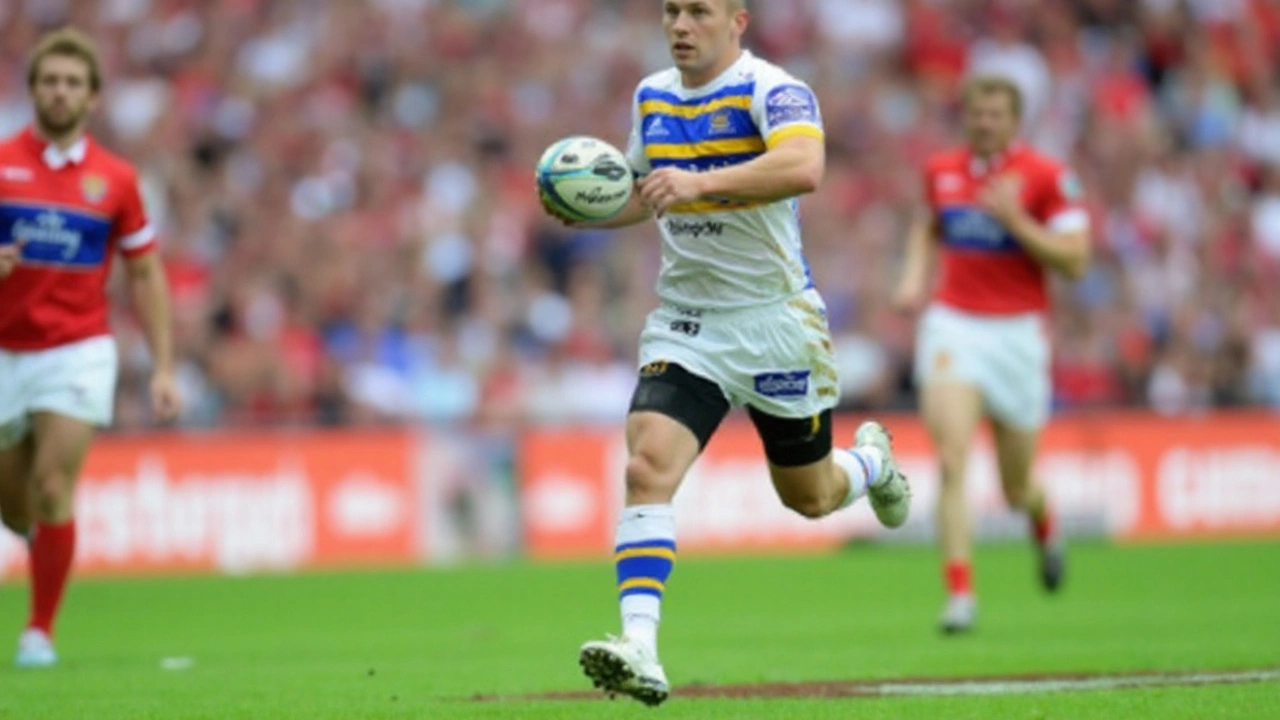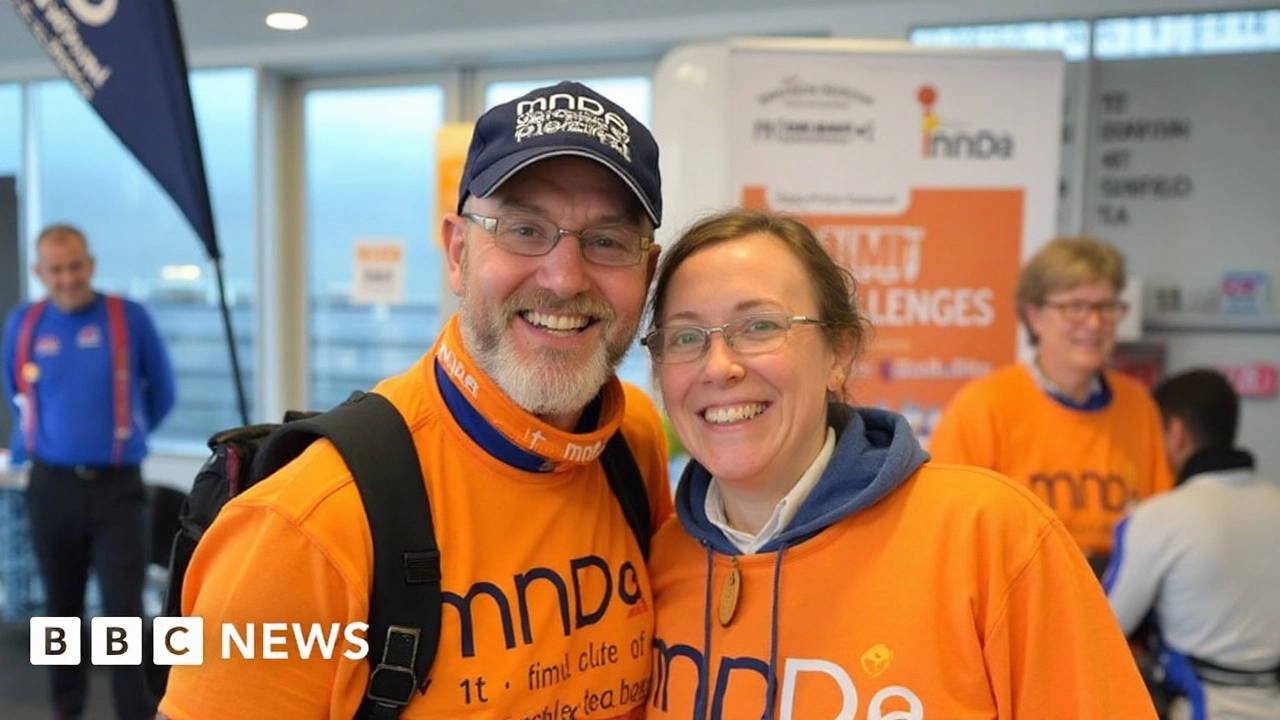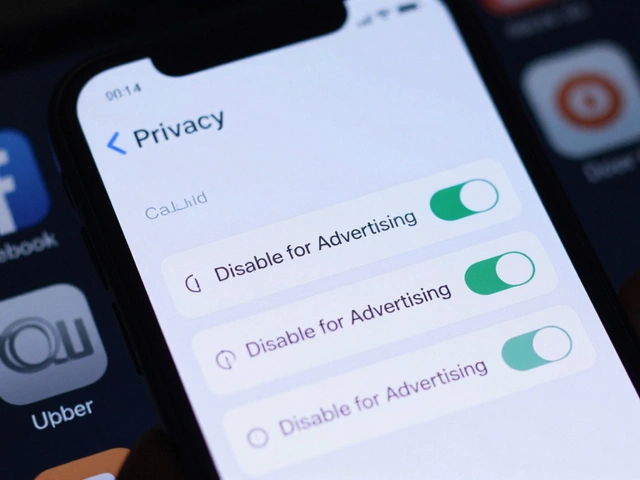
A moving tribute on rails
Northern will name one of its trains after Rob Burrow, the Leeds Rhinos great whose public fight with motor neurone disease helped push research and support to the top of the national conversation. The operator is working with Burrow’s family and the MND Association on bespoke artwork for the unit, which will be unveiled at a West Yorkshire station later this year before entering daily service across the North.
Train names aren’t handed out lightly. When they are, they tend to say something about the communities they serve. In this case, it’s the North paying back a man who gave everything to his sport and then gave even more to a cause he didn’t choose. The plan is simple and effective: a train thousands will see and board every day becomes a rolling reminder of what MND is, who it affects, and why support and research still matter.
Tricia Williams, Northern’s managing director, said staff had been pushing for a meaningful tribute and quickly rallied behind the idea. The company is not just sticking a plaque on the side. The design process—guided by the Burrow family and the MND Association—will focus on storytelling, using images and words that reflect his career, his friendship with Kevin Sinfield, and the message he repeated for years: don’t give in, keep moving, help others.
Once launched, the Burrow train will cover hundreds of miles each day across the Northern network. That reach is the point. A nameplate at a depot would be a nice gesture; a train in service is a broadcast. Commuters heading to work, families on day trips, away fans hopping between Super League towns—they’ll all see it. Awareness is built by repetition, and railways are nothing if not repetitive.
Alongside the naming, Northern has set up a new partnership with the MND Association. The company’s “7 weeks of summer” effort is built to mobilise its 7,000-strong workforce, with staff-led fundraising, station collections, and seven organised walks covering 70 miles linking northern rugby league towns and cities. It’s a neat nod to Burrow’s No. 7 shirt and a way to bring the campaign out of corporate memos and into streets, platforms, and parks.
There’s also a practical piece here: transport firms are good at logistics. That helps when you’re trying to coordinate dozens of local events and keep the energy high over weeks, not just a single day. Expect to see on-train announcements, station posters, and fundraising drives tied to matchdays when Super League crowds swell the platforms.

A legacy that built momentum
Burrow’s athletic record would have secured his place in rugby league history on its own. Across 16 years with Leeds Rhinos, he won eight Super League Grand Finals, three World Club Challenges, and two Challenge Cups. He did it as one of the smallest players on the field, a half-back who used speed, balance, and timing to carve open games that should have overpowered him. Leeds fans remember the sidestep; opponents remember the blur that went past them.
What came after the final whistle changed more lives. Diagnosed with MND in late 2019, he and Kevin Sinfield turned their friendship into a nationwide movement. Sinfield’s endurance challenges—day after day of long-distance runs in brutal conditions—pulled in millions of pounds and kept the story in the headlines. Burrow did the tougher bit: he invited the public into his daily reality and made sure people saw the human cost of a disease that often stays hidden until it’s too late.
MND is as unforgiving as it gets. It attacks the nerves controlling movement, slowly stripping away muscle strength and speech while leaving the mind intact. There’s no cure, and average life expectancy after diagnosis is measured in years, not decades. That’s why the focus on both care and research has been so strong. Families need equipment and support now. Scientists need steady funding to push trials, test drugs, and improve quality of life for those living with the disease.
The Northern partnership sits inside a bigger ecosystem that has grown around Burrow’s example. Community clubs up and down the country now run annual fundraisers. School assemblies use his story to talk about resilience and empathy. Marathon events in Leeds carry his name. Across broadcast and social media, MND no longer feels like a medical acronym; it feels like faces, voices, and families you recognise.
Rail operators don’t usually shape medical research agendas, but they do understand visibility and habit. When a train is named, the act becomes a conversation starter on platforms and in carriages. People look up the story or share it with someone sitting across the aisle. That ripple effect is small in a single moment and significant over thousands of journeys.
Northern’s staff-driven campaign also matters. Internal initiatives often lose steam after the press release. Tying activity to the rhythms of the railway—shift changes, station peaks, matchday spikes—gives it a fighting chance of lasting beyond the first burst of enthusiasm. Seven weeks is long enough to build momentum, share best practice between depots, and learn which events actually bring in donations and sign-ups for regular giving.
For rugby league, the tribute is another reminder of how deeply the sport is woven into northern towns. The planned walks linking Super League communities put the geography of the game on the map—literally. You can trace a line from Leeds to Castleford and Wakefield, across to Huddersfield, over to Wigan, St Helens, and Warrington, and out to Hull. Those are short hops by train and close-knit communities in spirit. If you wanted a network to carry a message from one to the other, you’d pick the railway.
The artwork on the train will be watched closely. People will want it to feel right—something that captures Burrow’s spark without tipping into hero worship. Expect nods to iconic moments in blue and amber, references to the No. 7, and clear signposting to the MND cause. The family’s involvement is key here. It keeps the tone grounded and guards against anything that feels like branding for branding’s sake.
There’s a financial through-line, too. High-profile tributes raise awareness, but the ultimate test is whether they raise money and keep it flowing to the right places. Over the last few years, fundraising inspired by Burrow has supported frontline care, family services, and research grants. Plans for specialist facilities in Leeds have been buoyed by donations big and small—from corporate cheques to kids emptying change jars after Sunday training.
Rail isn’t perfect, and it has its own problems to fix. But when it works, it connects. A named train, the clatter of fundraising buckets at station entrances, a poster that explains MND in three sharp sentences—these are small pieces of a bigger public health puzzle. If they trigger a donation, a conversation with a GP, or a volunteer signing up for a local support group, they’re doing more than carrying passengers from A to B.
Burrow died in June 2024, aged 41. The grief was immense because the story felt personal to so many. This tribute won’t change that. What it can do is keep the promise he made to families walking the same road: you won’t be alone, and we won’t stop pushing. A train can’t cure MND. But it can carry the message forward, day after day, mile after mile, until the breakthroughs arrive.
When the nameplate is unveiled later this year, you can expect a crowd—family, teammates, railway workers in hi-vis, young fans in Rhinos shirts. There will be cheers, a few tears, probably a chant or two. Then the doors will close, the whistle will blow, and the service will start. That’s the point. The tribute isn’t meant to stand still. It’s meant to move.


